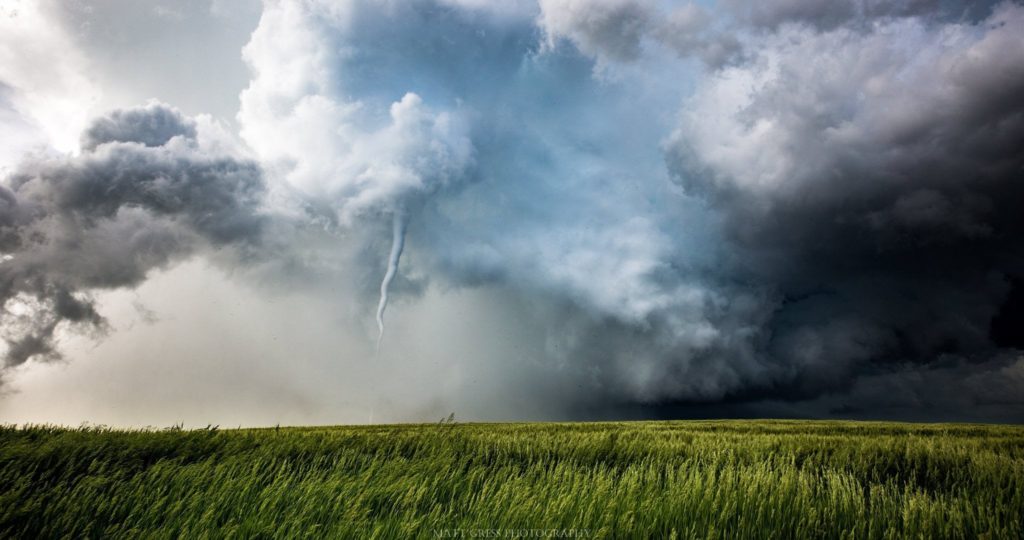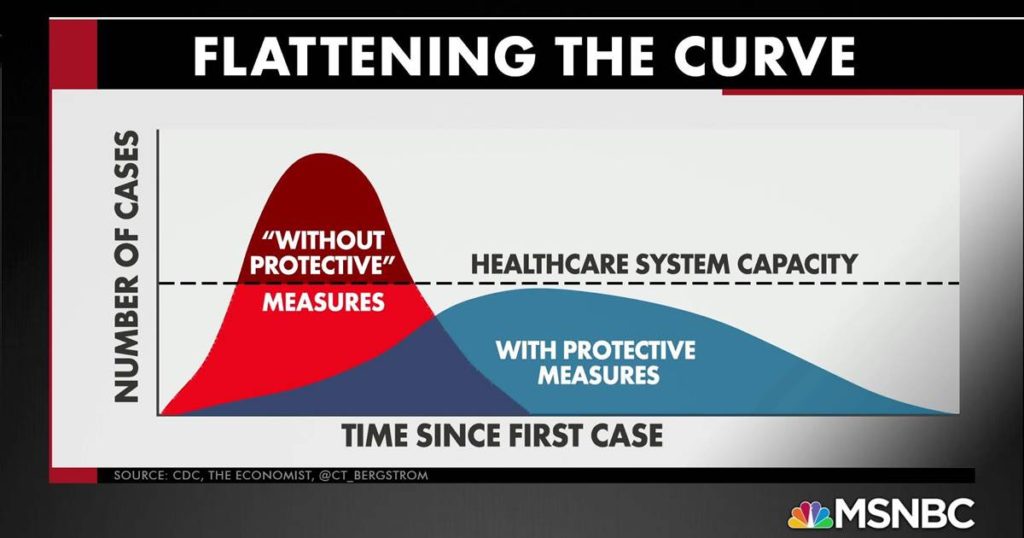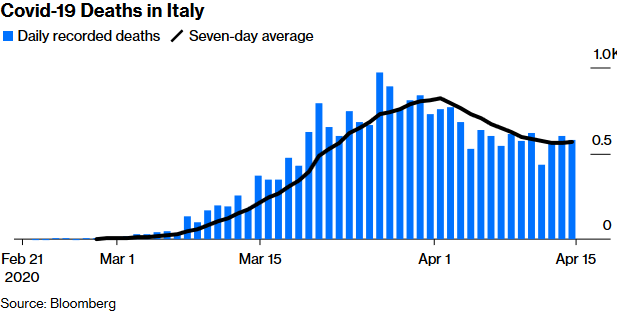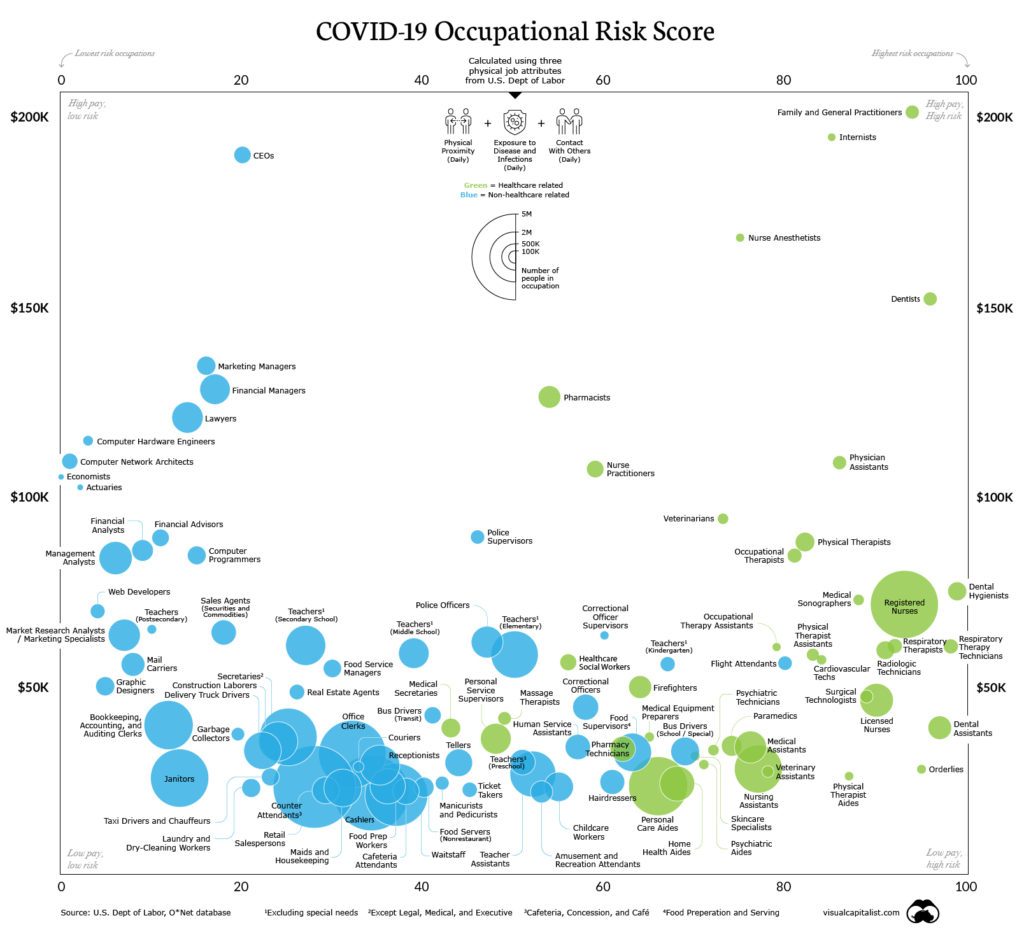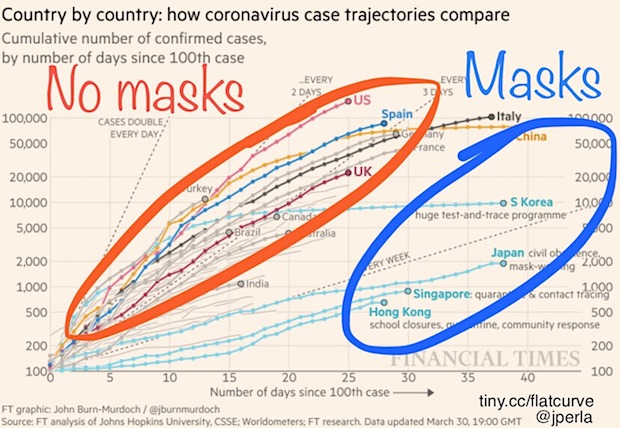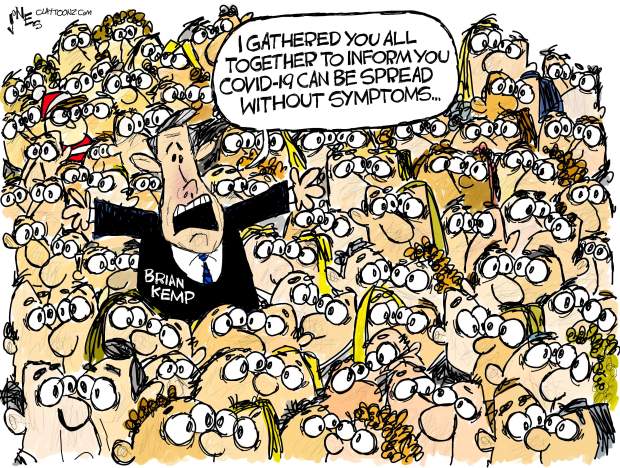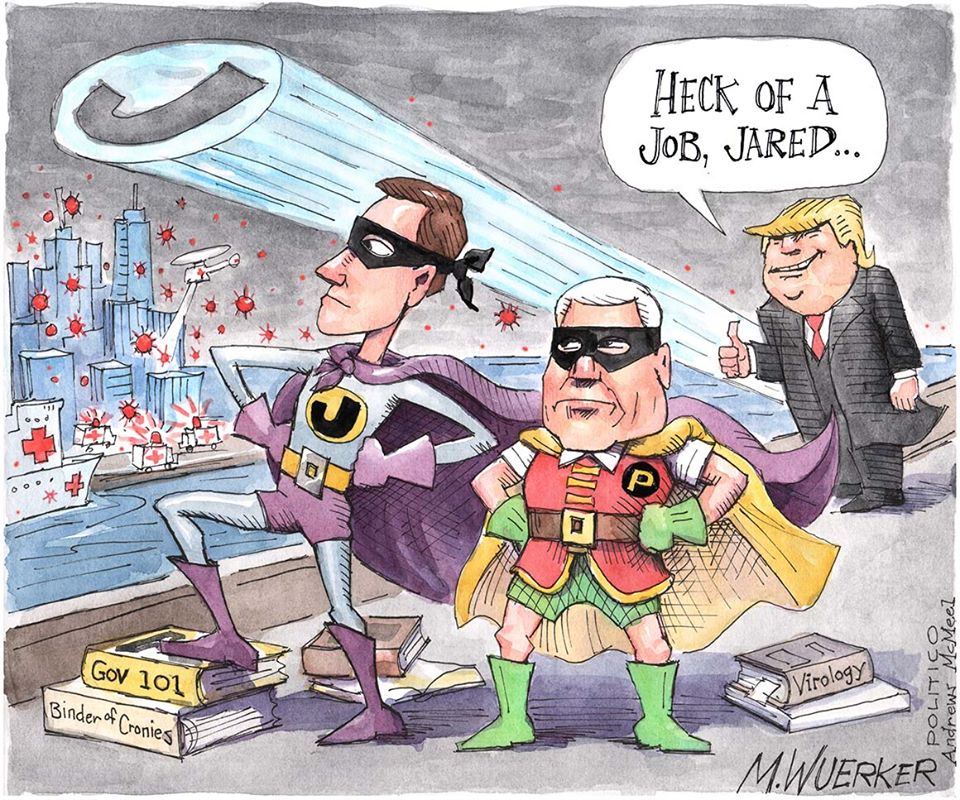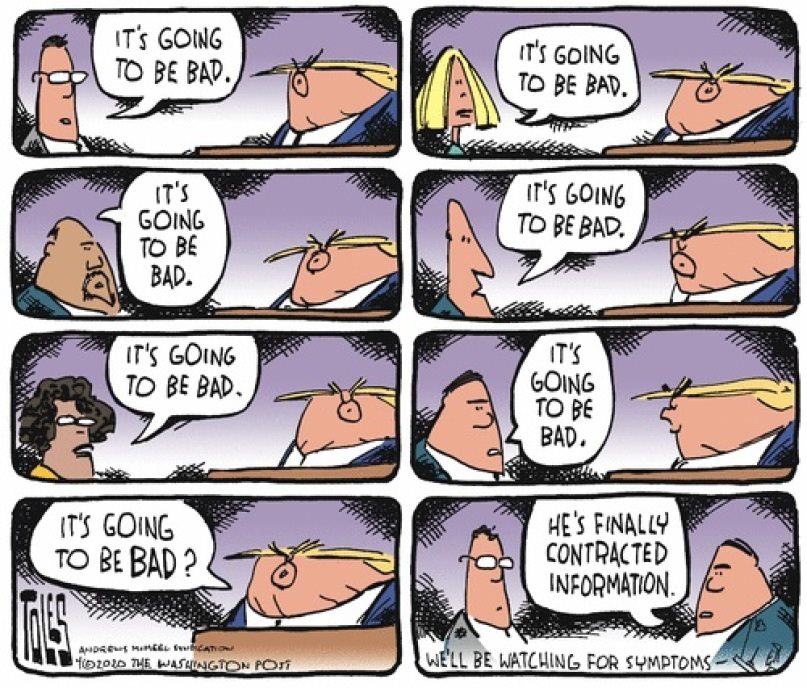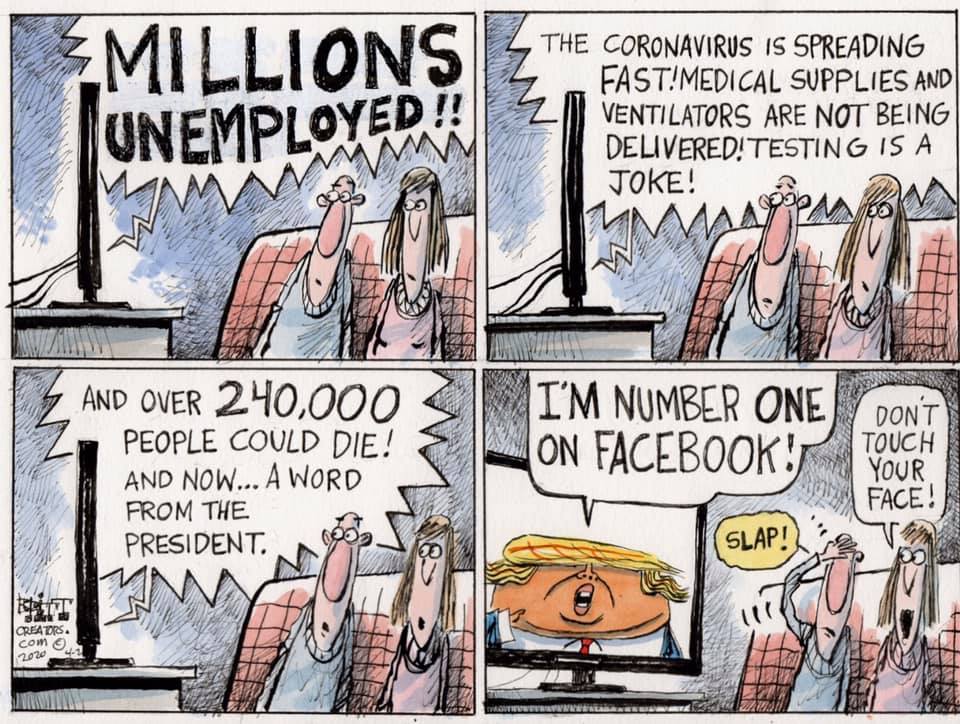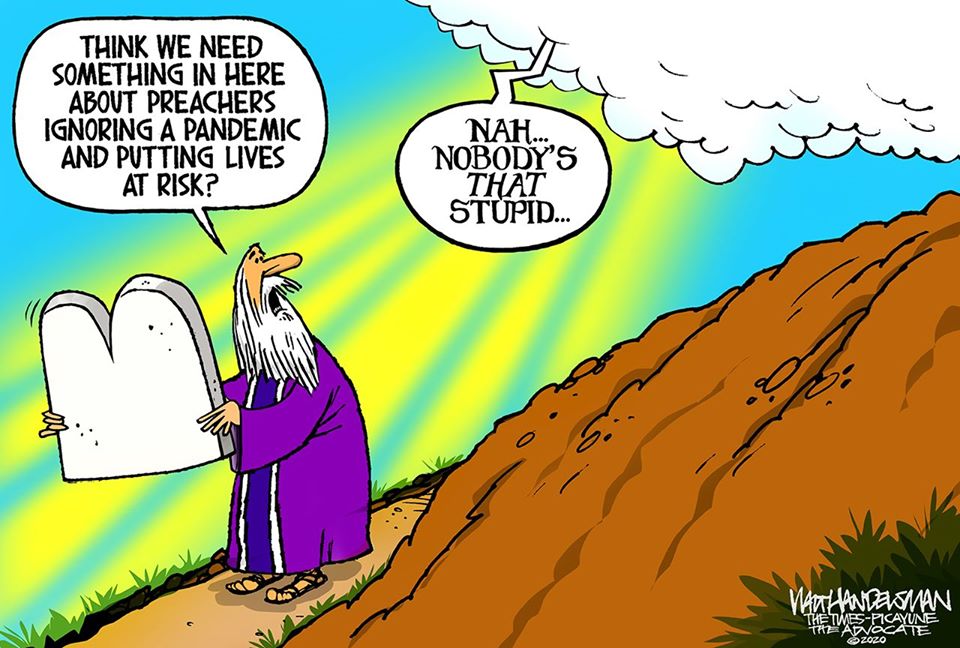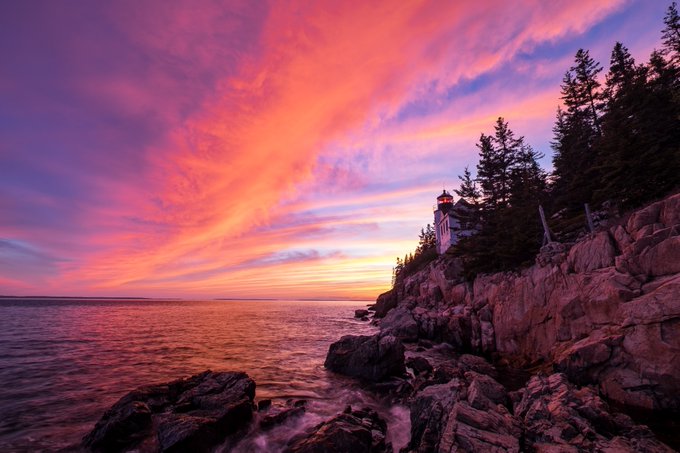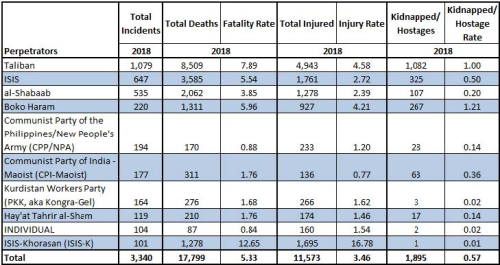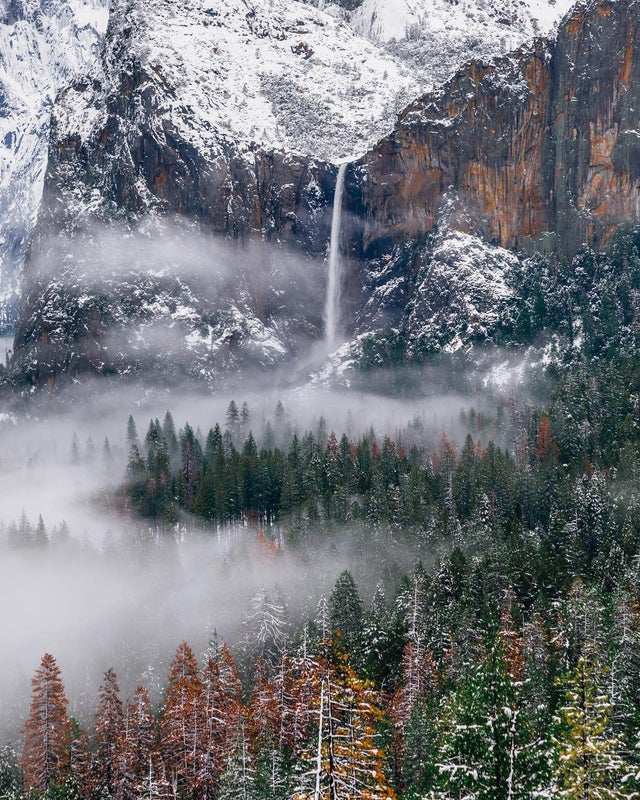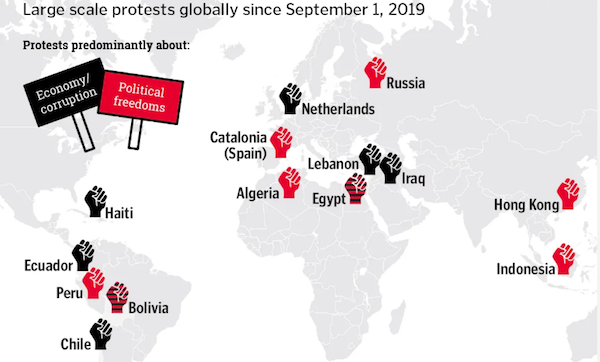The Daily Escape:

Fall sunset, Shenandoah NP, VA – photo by juliend73
Sorry, but this column is going to be a downer.
We’ve been talking for the past few days about how hard it is to get politicians to focus on fixing what’s wrong in America. Wrongo originally started down this path in 2009. His plan was to lay out the problems, and to suggest ways in which America might fix them.
But 11 years later, little of what has been suggested here has occurred. Explaining what’s wrong has made very little difference.
Our really big problems now seem to be locked in: Climate change will happen. We can’t (or won’t) deal with the burgeoning disinformation platforms that threaten civil society. It’s difficult to see what will change our growing income inequality. As always, politicians are itching for a fight with some country. Today, the villain is China. Globalization has won, our supply chains now hold us hostage, and our economic future is increasingly controlled by Asia.
America is fast becoming a failed state: Our president tells people to drink bleach. There are more than 100,000 dead in the pandemic, and a significant percentage of them probably were needless deaths.
We have the ability to deal with the crises,but we’re choosing not to. Trump and McConnell, along with Biden, Pelosi and Schumer, all have access to the same, or more likely better information than we do.
They are choosing to ignore that the country is going to hell. Instead, they use each individual crisis for their own political benefit, and for their patrons’ financial benefit. They choose to ignore the near-certainty of a second wave of infections in the fall of 2020, bringing with it the possibility of a second economic collapse, along with more deaths.
We no longer provide the basics for our citizens. We live in a nation where income, savings, happiness, trust in government, and social cohesion are all in free-fall.
This is a recipe for social collapse.
In America most infrastructure is decrepit, from airports, to schools, to roads, because there hasn’t been much public investment. That’s because Americans don’t want to pay higher taxes like the Europeans do. Politicians on both sides still believe the evidence-free ideology of neoliberalism: We’ll all be rich if we invest in nothing, and wait for Mr. Market to correctly allocate resources.
No one cares about anyone else. Nobody will support any group’s pursuit of any goal unless it is also their goal. American life is becoming purely individualistic, adversarial, and acquisitive.
We haven’t invested in the systems that provide healthcare, education, retirement, and childcare. As a result, the average American family now goes without many of these things, since they’re priced out unless they have high paying jobs.
We pay absurd prices for health care. Having a child? That’ll be $50K. An operation? It will cost about what you would pay for a starter home. If she didn’t have health insurance, Wrongo’s daughter’s medication would cost $10,250/month. These basics of life are affordable in the rest of the rich world, but in America, they cost more than the average person can pay.
The average American now dies with $62k in debt. Life has become a sequence of unrepayable loans. Student debt becomes credit card debt and a mortgage, which leads to medical debt. These forms of debt define life in America. The average American is now a poor person, in the sense that they barely make enough to pay for the basics of life. Today, 80% of Americans live paycheck to paycheck, struggle to pay their basic bills, and 63% can’t raise $500 for an emergency.
These are the statistics of a nation that is descending into poverty.
Can it be fixed? Sure, but who’s going to pay for it? If taxes can’t be raised, if deficits can’t grow, what will happen? Nothing.
Except that we will move closer to a collapse. Our leaders say it’s because there isn’t an alternative. They say that we don’t have the money to pay for the changes we want. 70% of Americans say they want decent healthcare, retirement, and education, but they never vote for it.
Not even when it is offered during the primaries.
And it’s never offered in the general election, because nobody will vote for higher taxes to fund a functioning society. The idea simply isn’t acceptable to either of our political parties.
Wrongo’s decade of writing about what’s wrong hasn’t changed anything. Change requires a commitment to taking political risks, and massive voter turnout.
Otherwise, same old, same old is the path to our society’s destruction.

